Colorado’s natural beauty is home to a diverse range of wildlife, including some potentially dangerous spiders. While most spiders are harmless and even helpful in keeping insect populations in check, a few can pose risks to humans.
Knowing how to identify these spiders can help you stay safe while enjoying the great outdoors or relaxing at home. Here are poisonous spiders in Colorado and what you need to know about them.
8 Poisonous Spiders in Colorado
1. Black Widow Spider
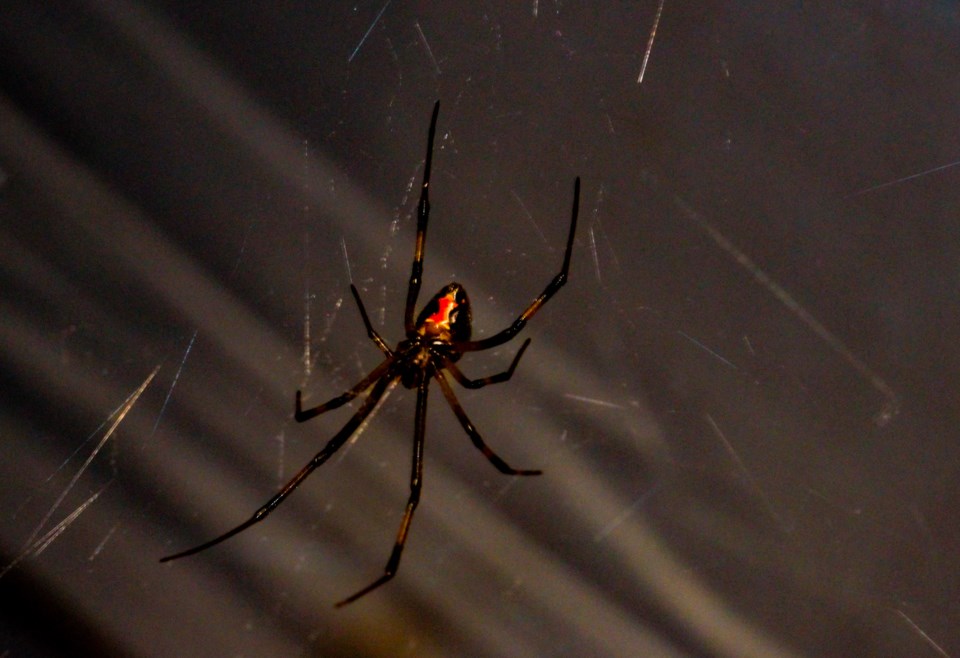
One of the most infamous spiders in Colorado, the black widow is easy to recognize by its shiny black body and the red hourglass marking on its underside. Female black widows are the ones to watch out for, as their venom can cause muscle pain, nausea, and difficulty breathing.
While bites are rarely fatal, they can result in extreme discomfort if untreated. These spiders are commonly found in dark, undisturbed spaces like crawl spaces, garages, and woodpiles. Taking precautions, such as wearing gloves while cleaning or working outdoors, can help prevent bites.
2. Tarantula
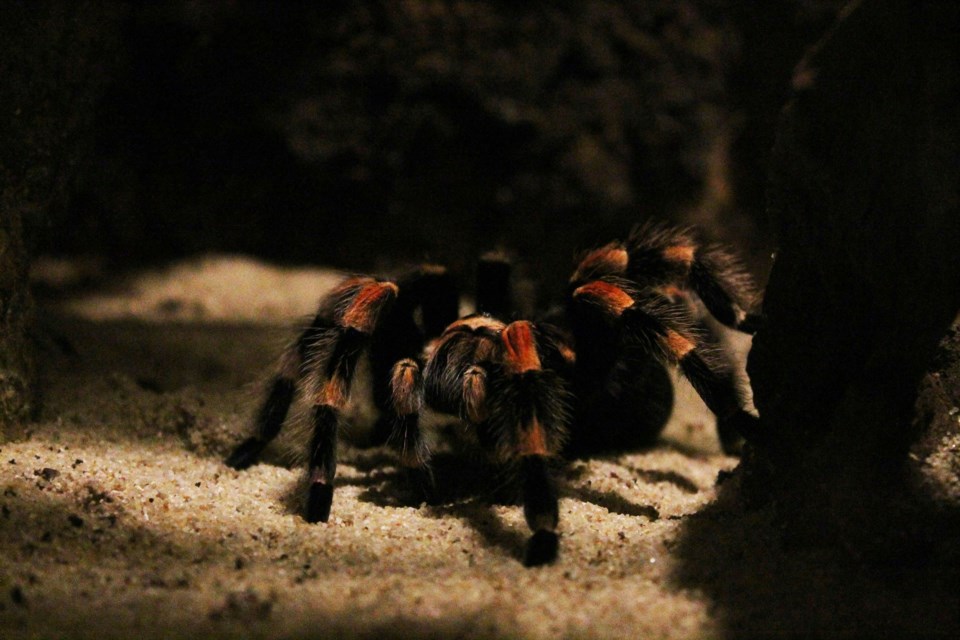
Though their size and hairy bodies may seem intimidating, tarantulas are generally not a significant threat to humans. However, their bite can be painful, and their urticating hairs may cause skin irritation if handled improperly.
They are most commonly seen in the southeastern regions of Colorado, particularly during the late summer and fall when they migrate in large numbers for mating. While not aggressive, they will defend themselves if provoked, so it’s best to admire these gentle giants from a distance.
3. Yellow Sac Spider
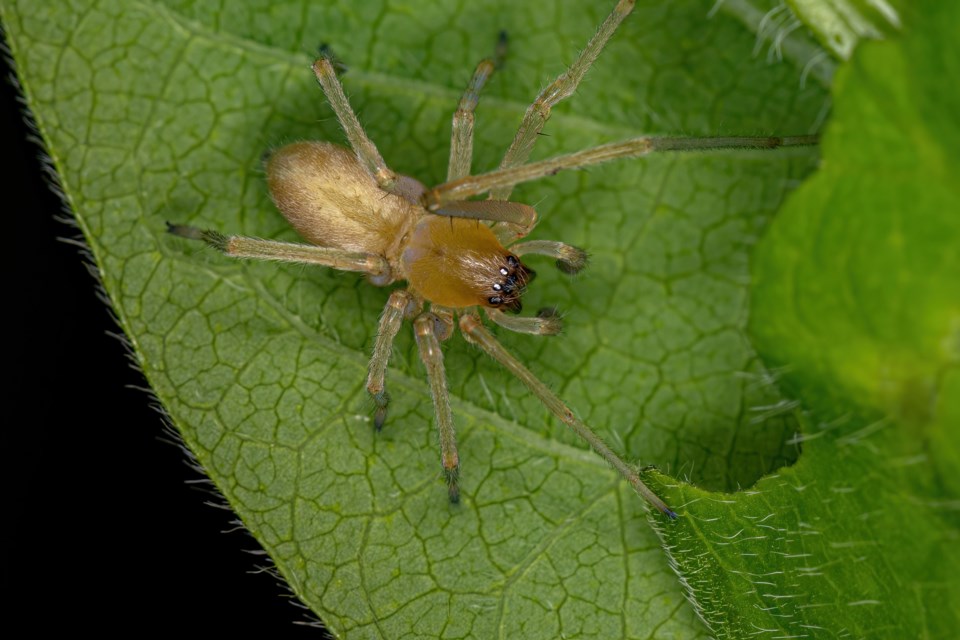
Small but venomous, the yellow sac spider is pale yellow with brown markings on the tips of its legs, giving it the appearance of wearing socks. While its bite is not typically fatal, it can cause small lesions, localized pain, and irritation.
These spiders are often found in vegetation, inside homes, or even in clothing and shoes left undisturbed. Victims of bites are advised to seek medical attention if symptoms worsen. Their elusive nature makes them tricky to spot, so keeping your home clean and clutter-free can help reduce encounters.
4. Brown Recluse Spider
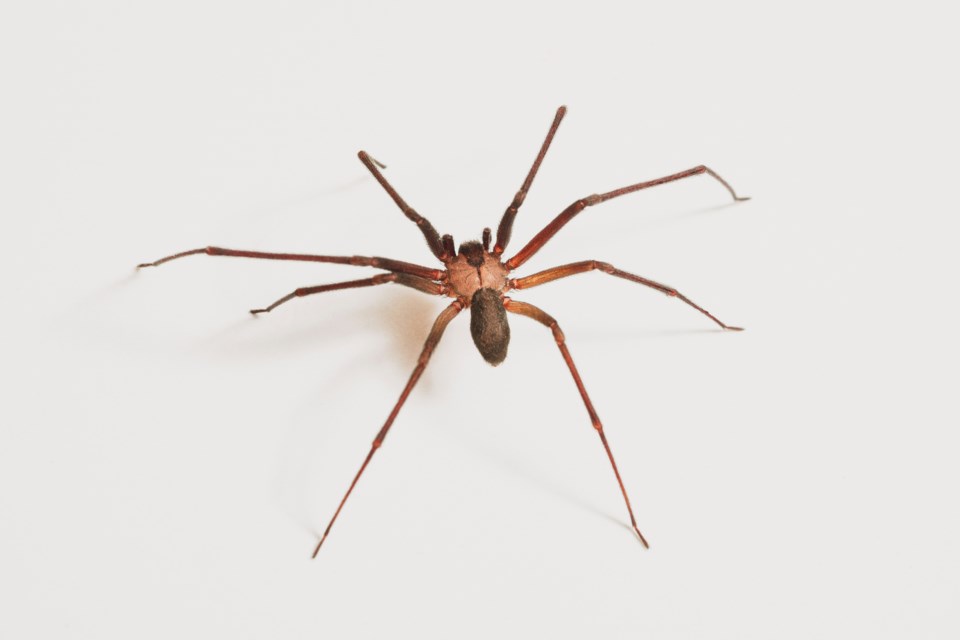
Although rare in Colorado, the brown recluse can occasionally be transported into the state through shipments or belongings. This spider is known for its violin-shaped marking on its back and its tendency to hide in dark, undisturbed spaces like closets, boxes, and clothing.
Its venom can cause necrotic lesions, starting as a small blister and potentially progressing to more severe tissue damage if untreated. Symptoms of a bite may include fever and chills, so medical attention is recommended. Being cautious when unpacking stored items can help minimize the risk of encountering one.
5. Hobo Spider
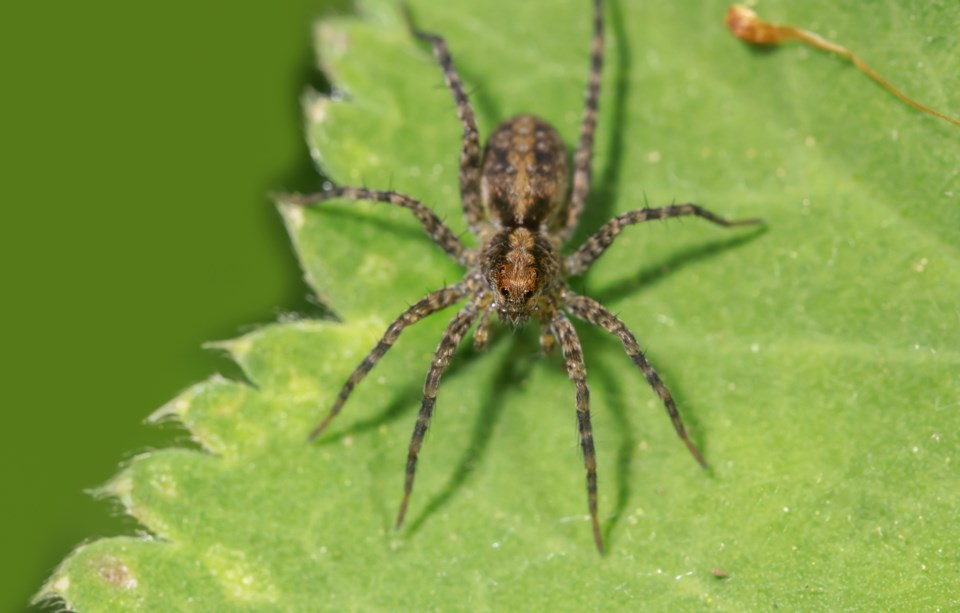
Often mistaken for a brown recluse, the hobo spider is light to medium brown with oblong bodies and faint markings. Known as the "aggressive house spider," its bite can cause painful headaches, blisters, and lesions that take weeks or even months to heal.
These spiders prefer basements, crawl spaces, and other undisturbed indoor areas, making them more likely to be encountered in homes. Regular inspections and sealing cracks in walls can help keep them at bay.
6. Western Widow Spider
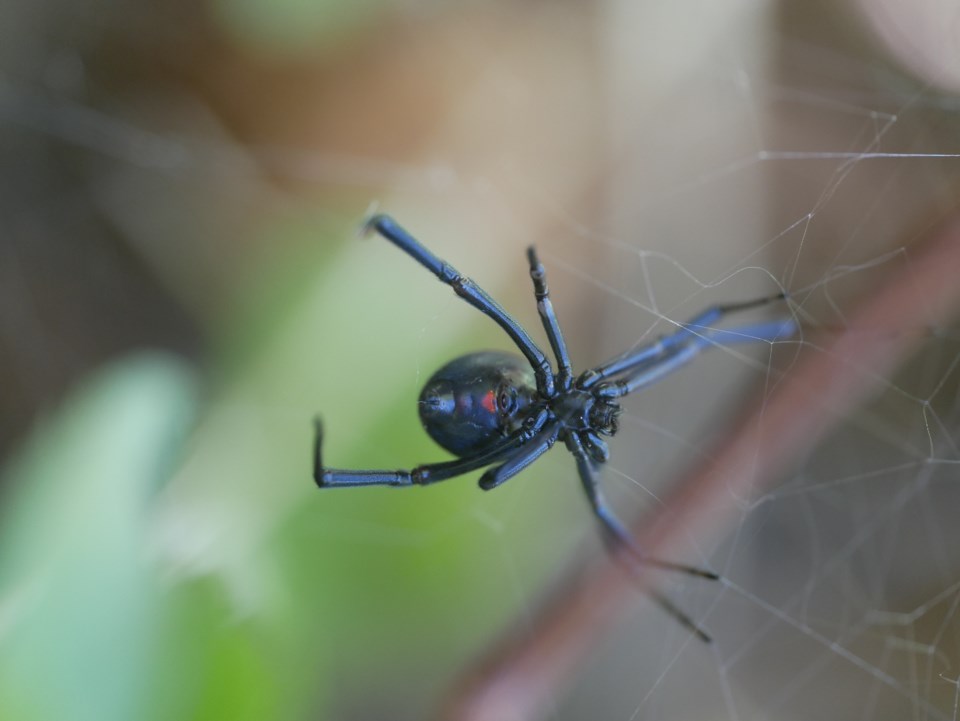
A close relative of the black widow, the western widow is less aggressive but still venomous. It’s often found in the same environments as black widows, such as window wells, under rocks, and in woodpiles. While their bite can lead to muscle pain, cramping, and nausea, fatalities are rare with prompt medical care.
These spiders are more active at night, so being cautious in outdoor spaces after dark is advised. Wearing gloves and using tools to move debris can significantly reduce the chance of a bite.
7. Wolf Spider
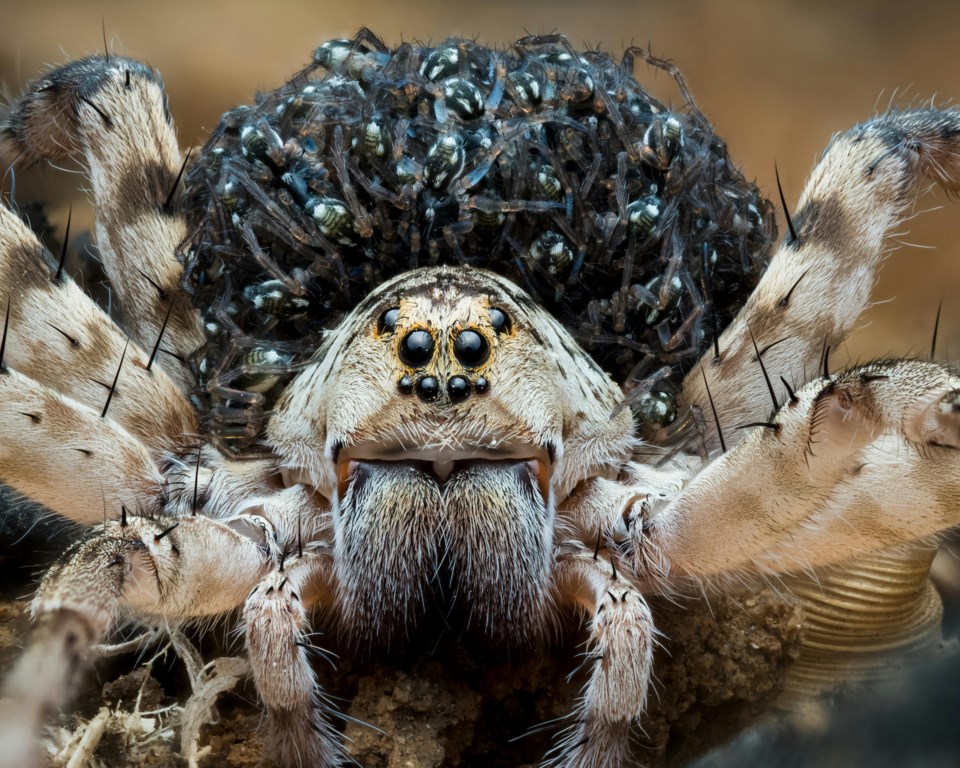
With their large, hairy bodies, wolf spiders are intimidating but less dangerous than their appearance suggests. They are dark brown with pale markings and are known for their hunting ability, as they don’t spin traditional webs.
Their bites are not life-threatening but can cause mild pain, swelling, and irritation. Wolf spiders are often encountered in gardens, yards, and occasionally indoors, especially during the colder months. They can move quickly, so keeping an eye on them and ensuring your home is sealed can prevent surprises.
8. Funnel Web Spider
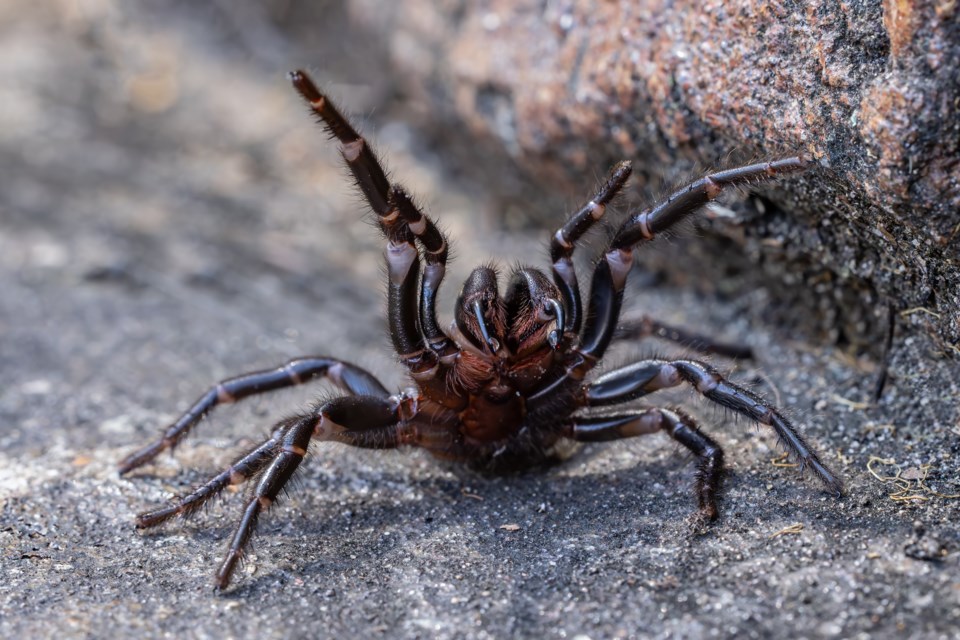
Often mistaken for the brown recluse, funnel web spiders are brown with darker markings and are known for building funnel-shaped webs in hidden corners. Their bites can cause redness, swelling, and irritation but are generally less severe than other spiders on this list.
Funnel web spiders are most commonly found in outdoor debris piles, basements, and under rocks. While they are not aggressive, they may bite if threatened, so handling them with care is essential. Regularly clearing debris and sealing gaps around the home can reduce the likelihood of an encounter.
Expert Solutions for Spider Infestations
When preventive measures and home remedies aren’t enough, professional spider eradication services provide a safe and effective solution. Experts in pest control are trained to identify poisonous spiders in Colorado and locate their hiding spots, whether in dark corners, basements, or outdoor areas around your property. They use targeted treatments that eliminate spiders without posing risks to your family, pets, or the environment.
Professional exterminators also offer long-term solutions to prevent spiders from returning. They can seal entry points, provide advice on keeping your home spider-free, and apply eco-friendly treatments that deter pests. Hiring a professional ensures comprehensive spider control and peace of mind, especially for homeowners who feel overwhelmed by infestations or the presence of dangerous spiders like black widows or brown recluses. Don’t hesitate to reach out for expert assistance to keep your home and loved ones safe.
Spider Prevention at Homes
-
Seal entry points around your home – Use caulk or sealant to close cracks and gaps near windows, doors, vents, and the foundation where spiders can sneak in.
-
Install door sweeps and weatherstripping – Adding these to exterior doors helps block small openings and keeps not just spiders, but other pests out as well.
-
Minimize clutter indoors – Spiders love dark, undisturbed areas, so keep basements, garages, and storage closets clean and well-organized.
-
Fix damaged screens and vents – Repair any holes or tears in window screens, attic vents, and crawl space covers to stop spiders from entering unnoticed.
-
Keep yard debris at a safe distance – Store firewood, stones, and leaf piles at least 20 feet from your home to prevent spiders from nesting nearby and migrating indoors.
Symptoms of Spider Bites
-
Redness and swelling near the bite – The skin may become inflamed, warm to the touch, and sore within a few hours of the bite.
-
Pain or a burning sensation – Some bites cause stinging or aching pain that can spread to nearby areas of the body.
-
Blisters or persistent itching – A raised bump, sometimes with fluid, may appear and cause ongoing discomfort.
-
Muscle cramps, fever, or nausea – These may be signs of a venomous bite, especially from black widows or brown recluses.
-
Severe reactions or spreading symptoms – If swelling increases rapidly, or you feel dizzy or short of breath, seek emergency care immediately.
First Aid for Spider Bites
-
Wash the bite area thoroughly – Use mild soap and water to gently clean the skin and reduce the risk of infection.
-
Apply a cold compress to reduce swelling – Wrap an ice pack in a cloth and place it on the bite for 10-minute intervals throughout the day.
-
Elevate the bitten limb when possible – Keeping the affected area raised helps minimize swelling and discomfort.
-
Take over-the-counter pain and allergy medicine – Ibuprofen can help with pain, while antihistamines relieve itching and mild allergic reactions.
-
Get medical help if the bite worsens – Bring a photo or description of the spider, if possible, to assist in proper diagnosis and treatment.
Conclusion
Poisonous spiders in Colorado, while rare, can still pose a serious threat to your health if they make their way into your home. Understanding spider prevention, recognizing bite symptoms, and knowing first aid measures are essential in protecting your household.
When it comes to dealing with venomous arachnids, professional eradication is often the safest and most effective solution. By taking these proactive steps, you can ensure that poisonous spiders in Colorado don't disrupt the safety and comfort of your home.

